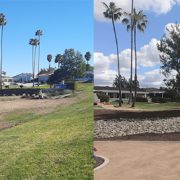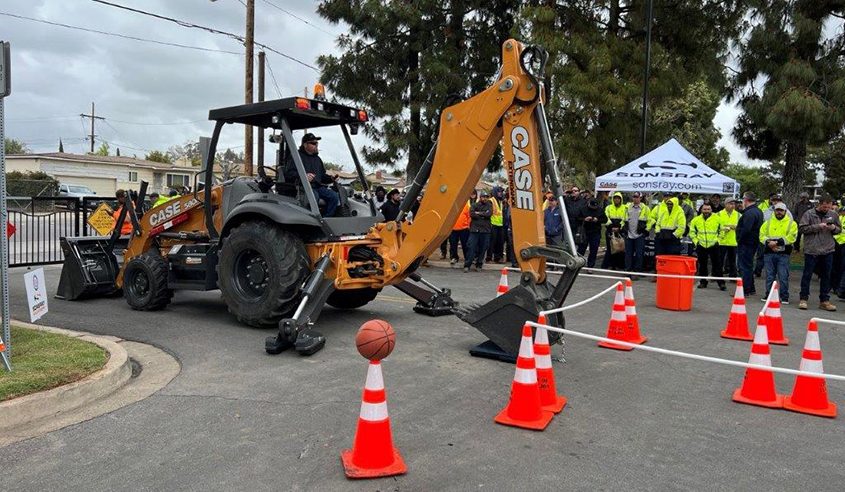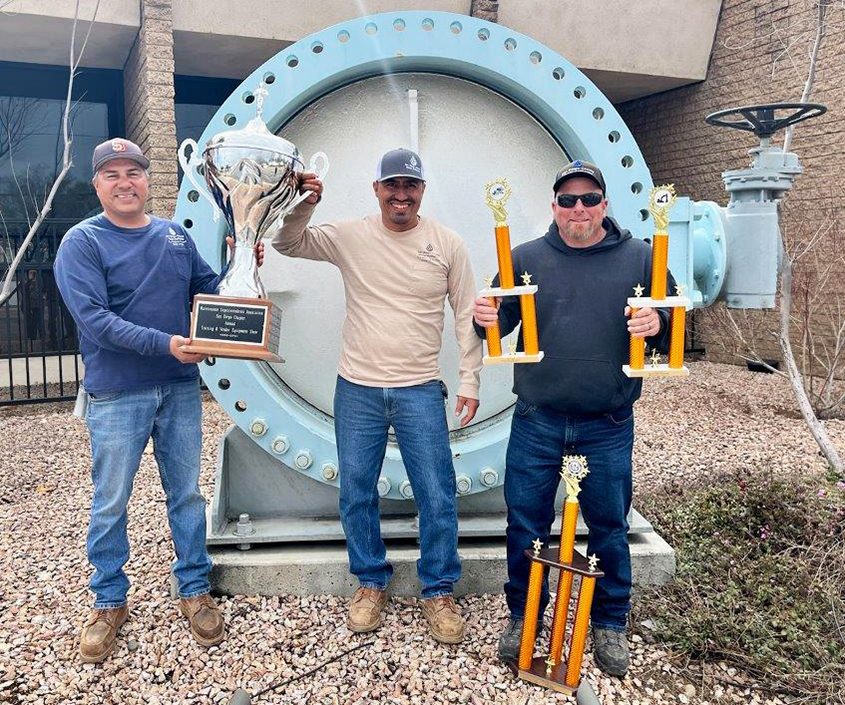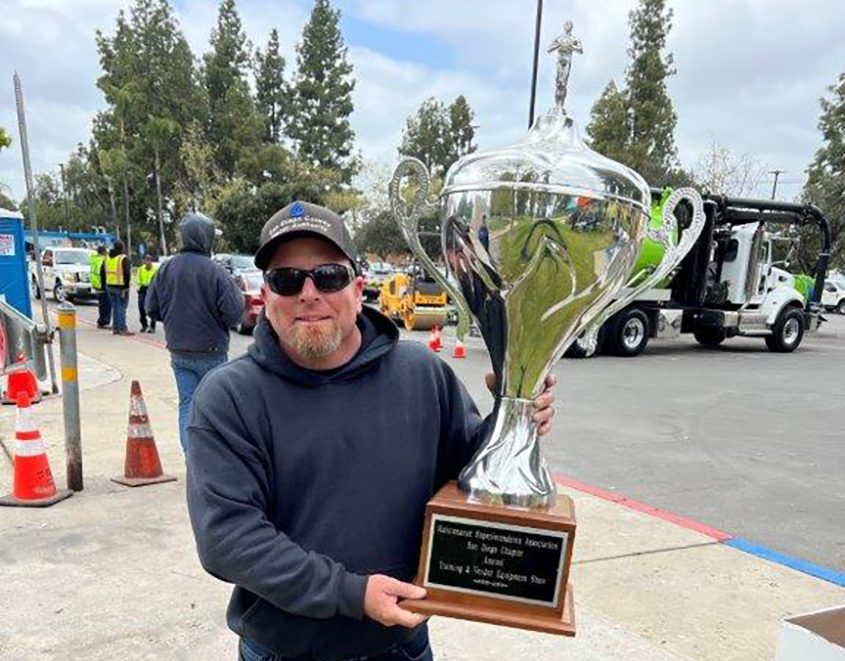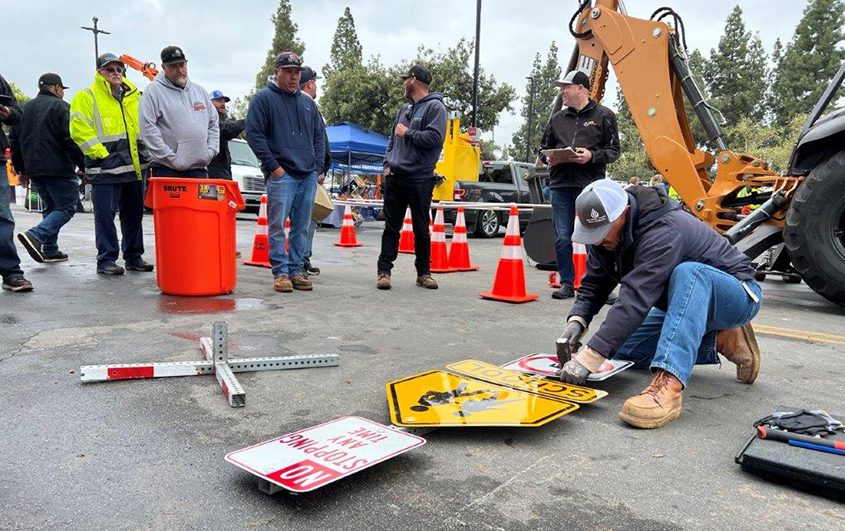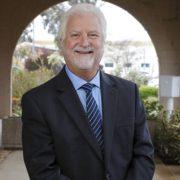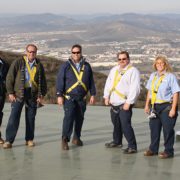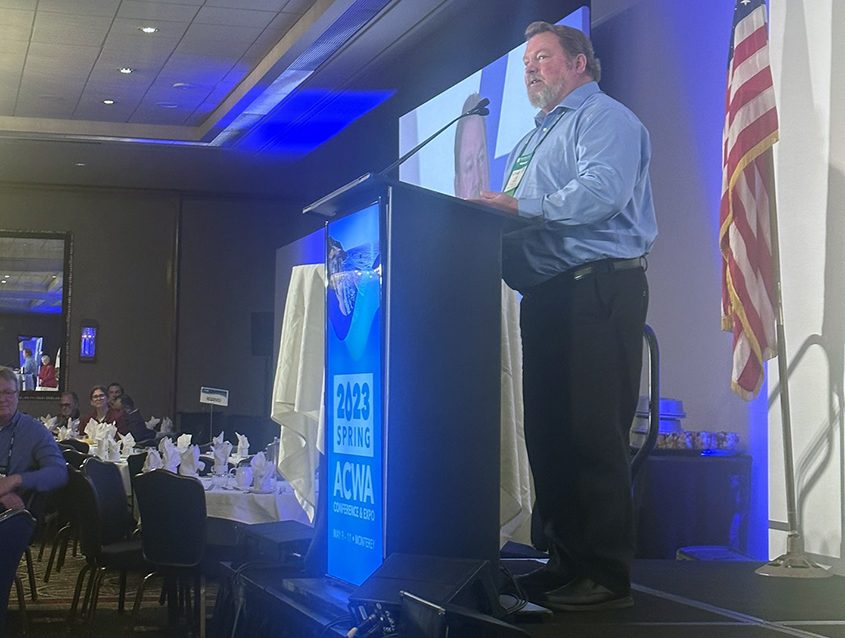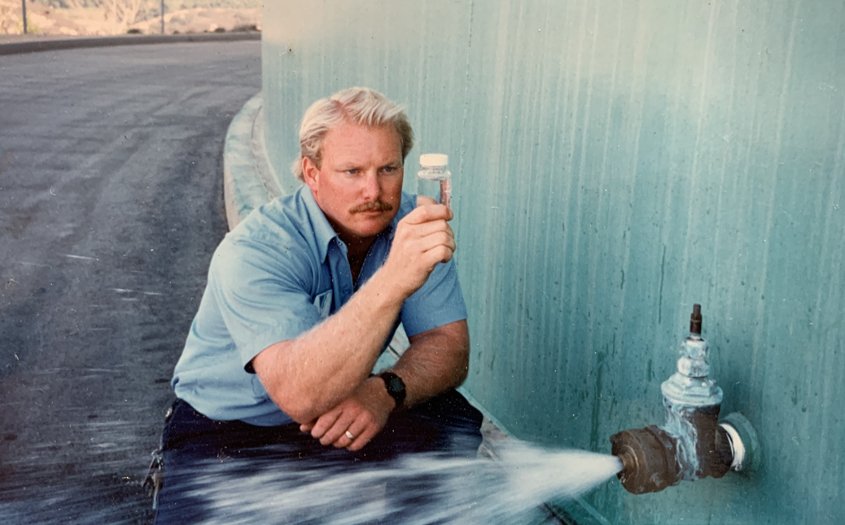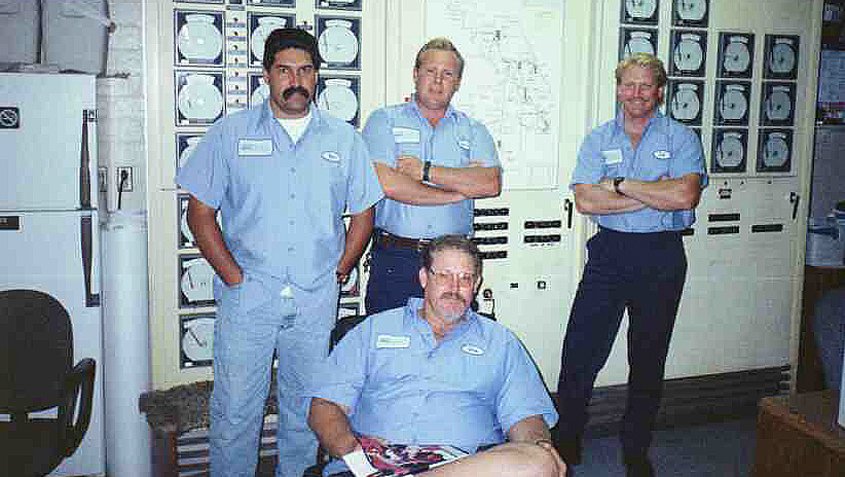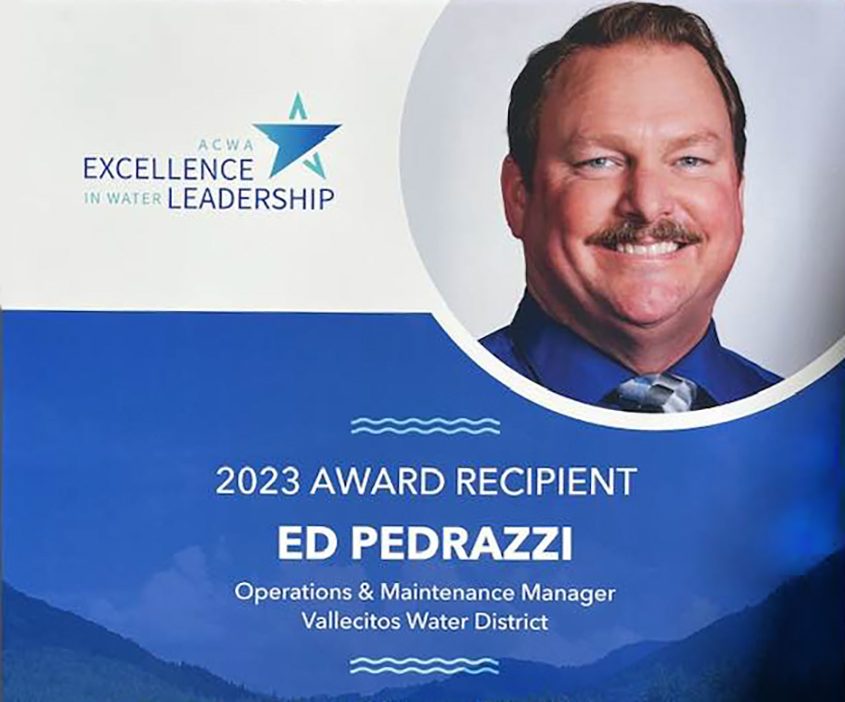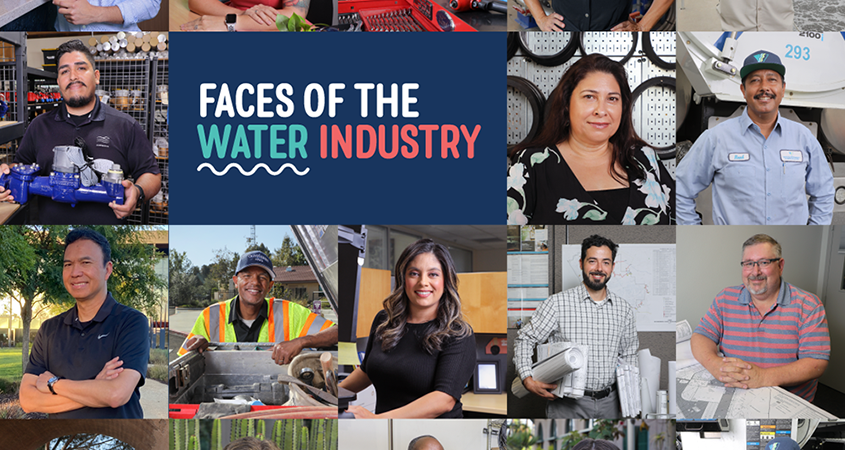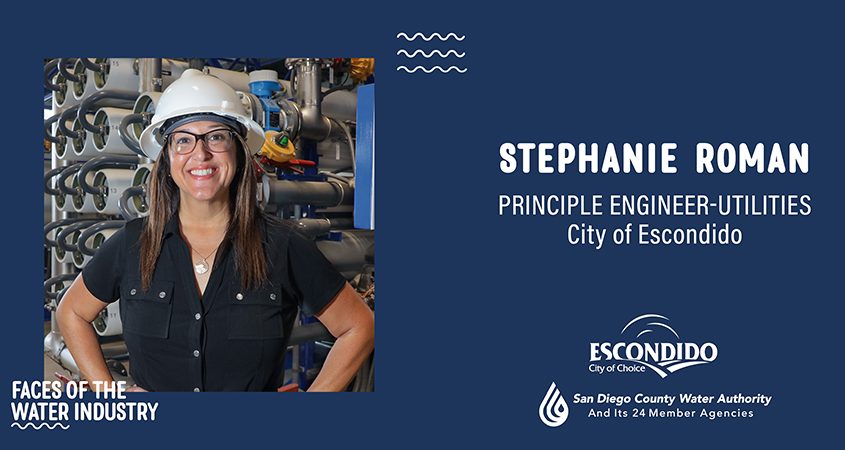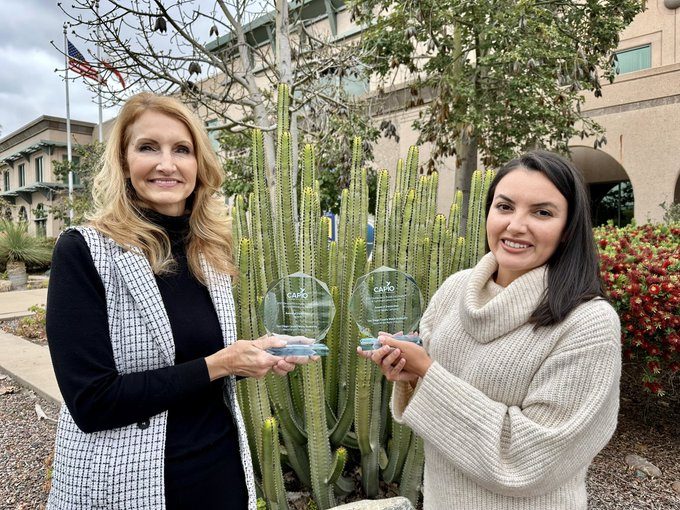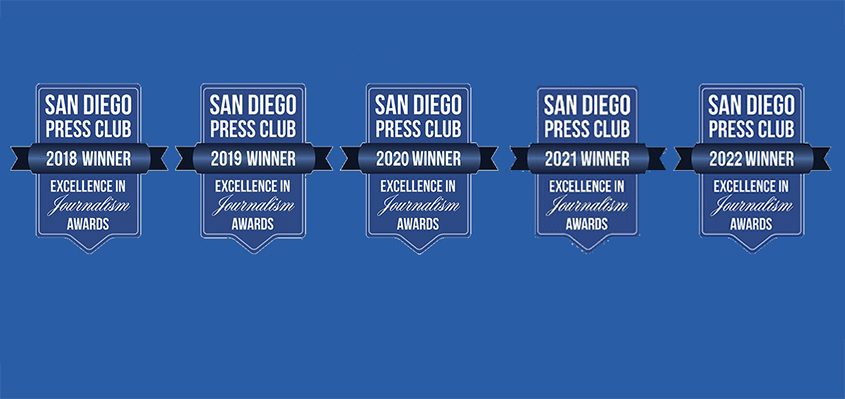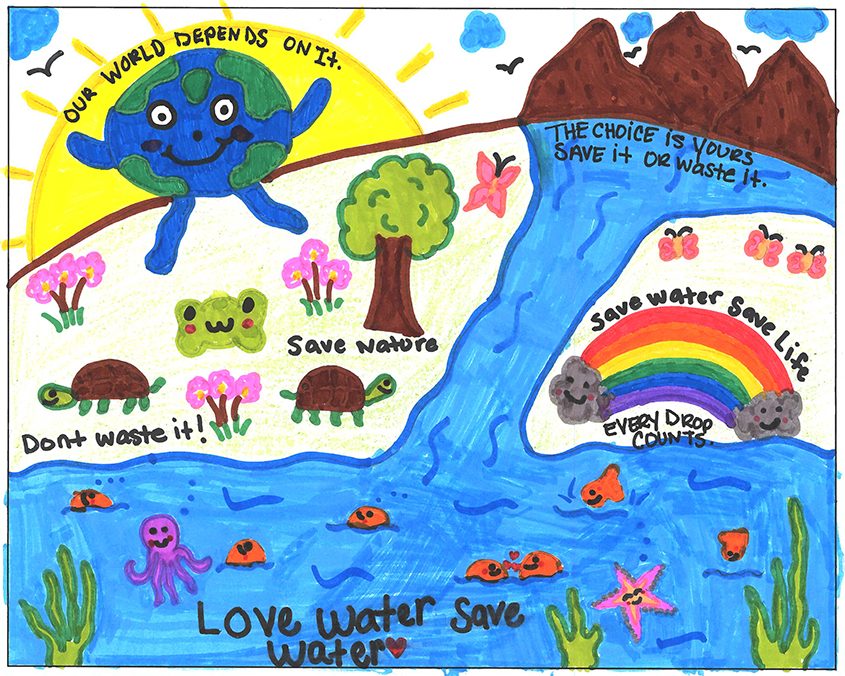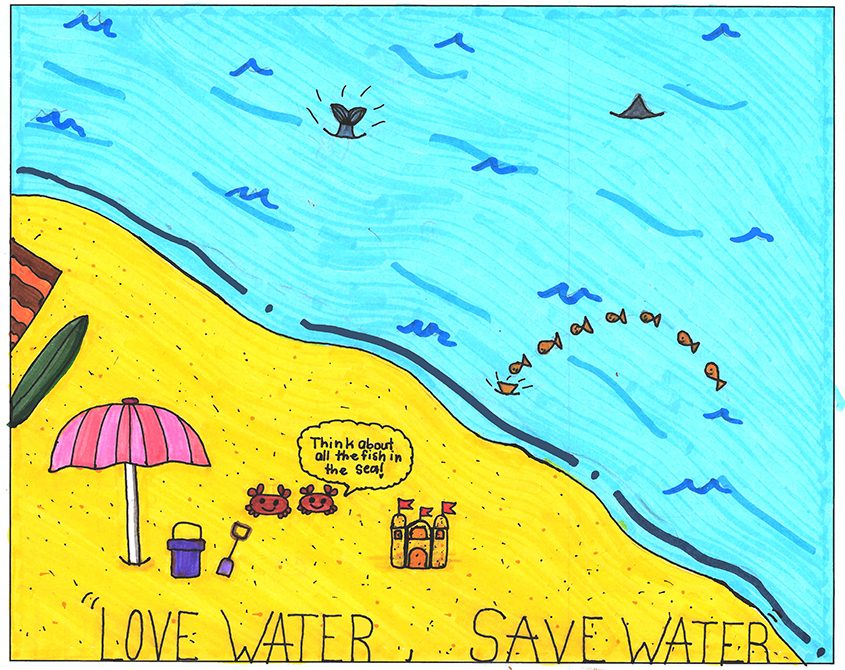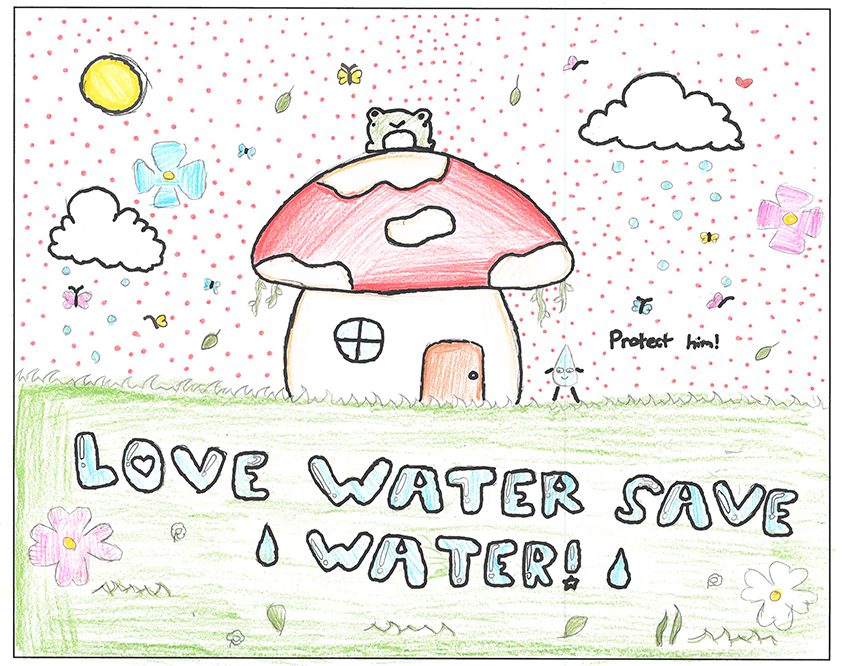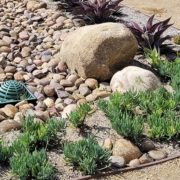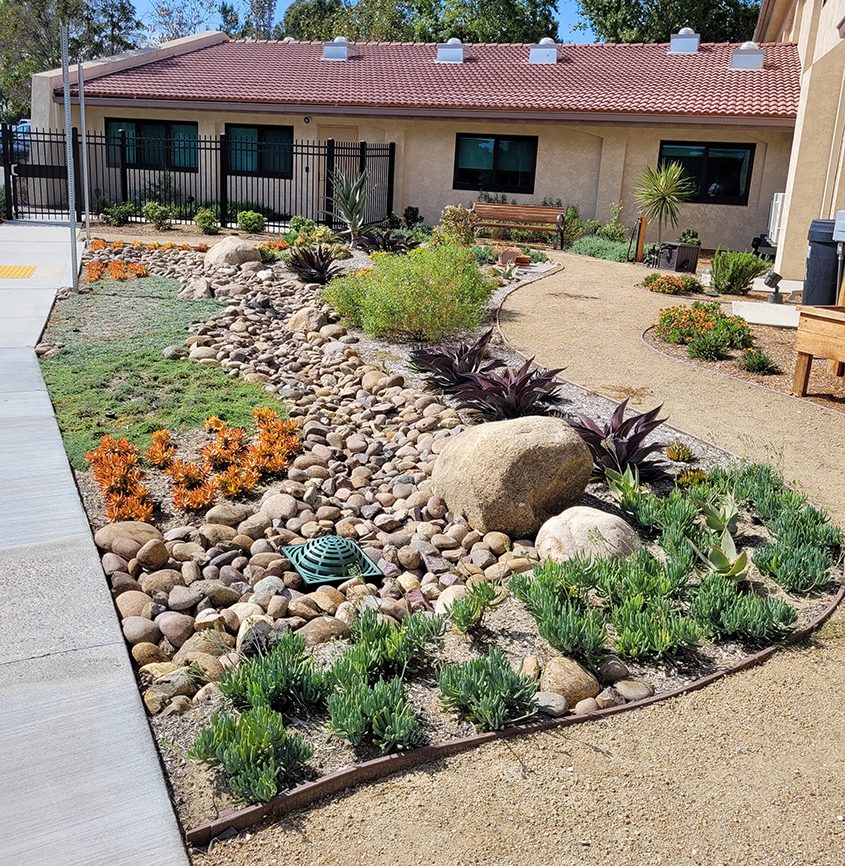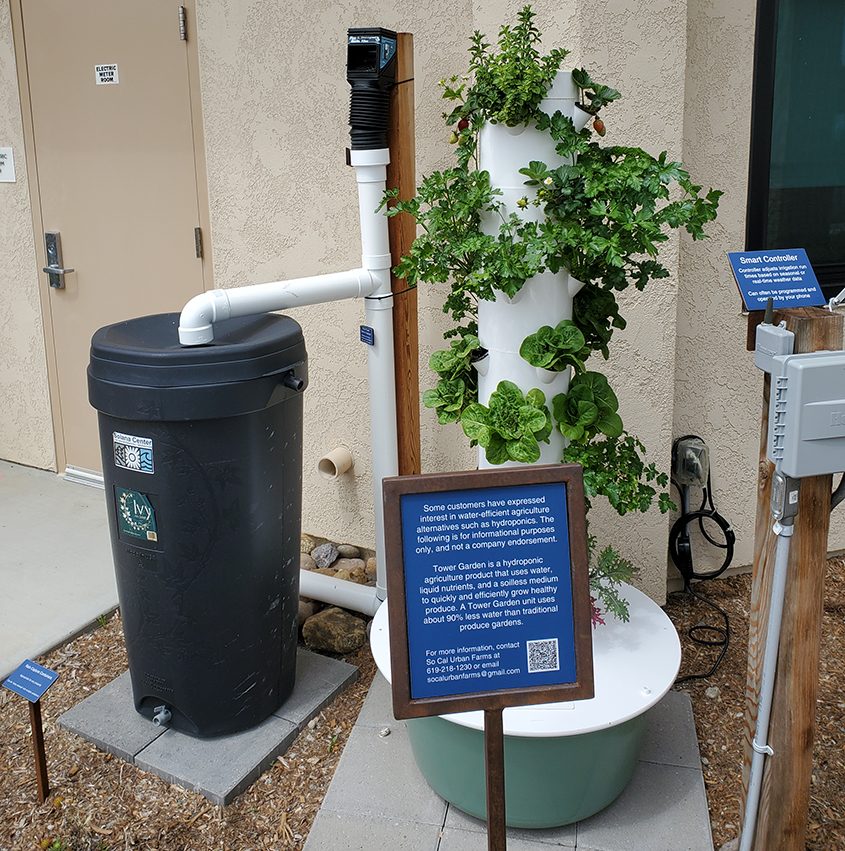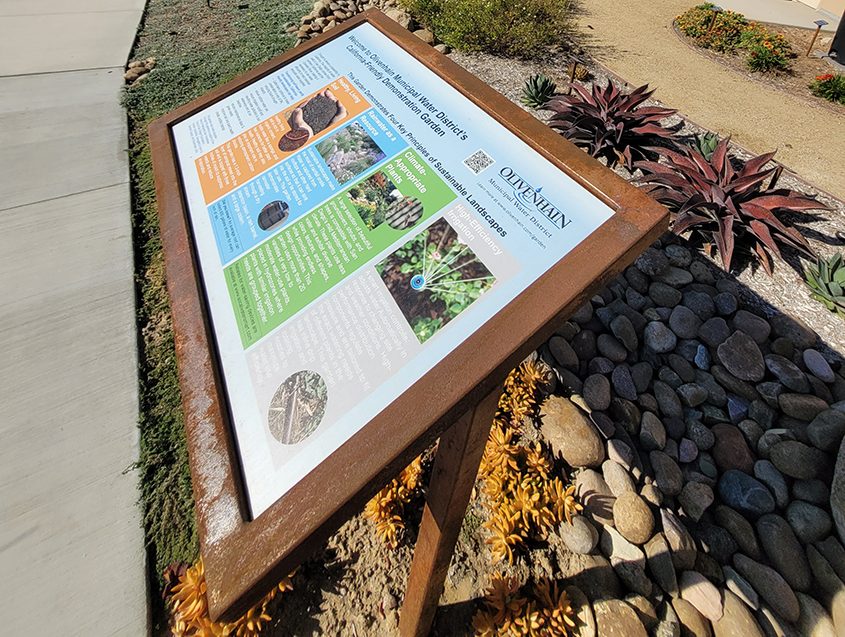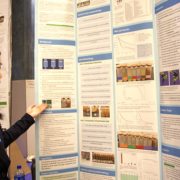Makeovers Conserve Water, Saves Costs for Lake San Marcos HOAs
Through a partnership between the Vallecitos Water District, San Diego County Water Authority, and the County of San Diego, landscape makeover projects in unincorporated areas can take advantage of water-use efficiency rebates as well as professional expertise to maximize conservation and cost savings.
The Waterscape Rebate Program applies to residential, commercial, and agricultural customers who make landscape upgrades to improve the region’s climate resilience and reduce the flow of pollutants into waterways.
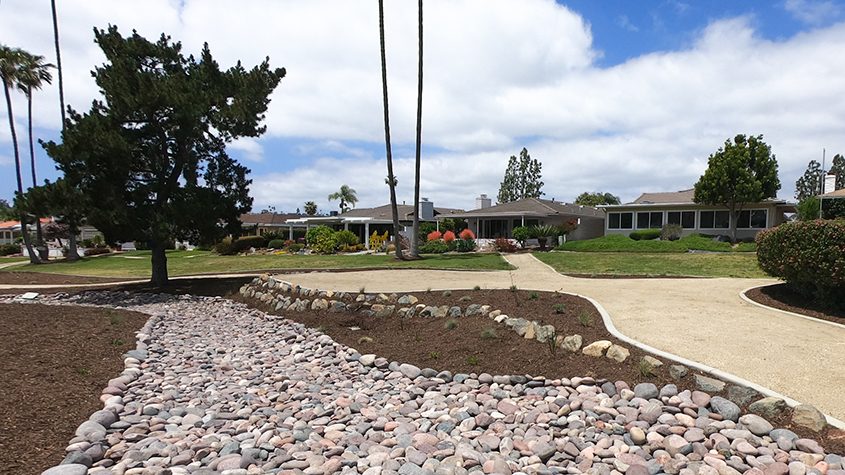
The landscape makeover project solicited input from homeowners to provide new amenities. Photo: Vallecitos Water District
Multiple homeowners associations within the Lake San Marcos area of the Vallecitos Water District have benefitted from qualifying projects. The scale of these projects and potential savings make them especially successful.
The most recently completed project within the Vallecitos Water District was undertaken by the Mall III Homeowners Association. HOA members had discussed the idea for nearly 15 years. The availability of the County and Vallecitos Water District support helped determine whether the makeover would be effective and cost-neutral.
Agency partnerships pay off
“This has been a terrific partnership between the County of San Diego, the San Diego County Water Authority, the Vallecitos Water District, and the community of Lake San Marcos,” said Chris Robbins, public information/conservation supervisor for the Vallecitos Water District. “This story focuses on the Mall III Homeowners Association, but the Panorama HOA and Sunrise Pointe HOA already participated in the program. Two other associations, Fairway Knolls and Fairways HOA, are currently in the process right now. All these HOAs will be saving water and money, while also improving the water quality of Lake San Marcos.”
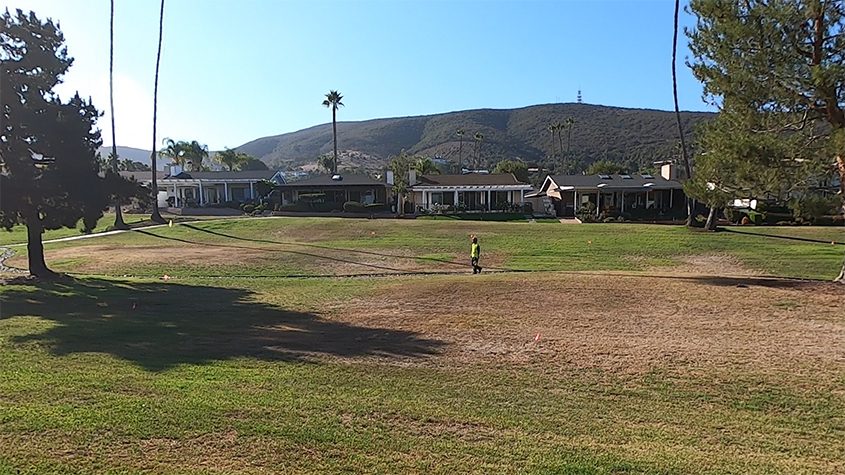
The Mall III HOA landscaping before undertaking its recent makeover project. Photo: Vallecitos Water District
Mike Kesler, Mall III HOA Board President, said getting an internal consensus among their homeowners through actively soliciting ideas from homeowners to learn what was important to them was critical in completing this project.
“We found some folks wanted trees. Other folks didn’t want trees because they would block the view,” said Kesler. “Knowing that ahead of time and being able to deal with that in the plan made it easier for people to vote yes on the project. And I think that’s important.
“It took us quite a while to get to a layout that accomplished our goals of saving money and beautifying the area that was net zero from a cost standpoint.”
Consensus building accomplishes savings goals
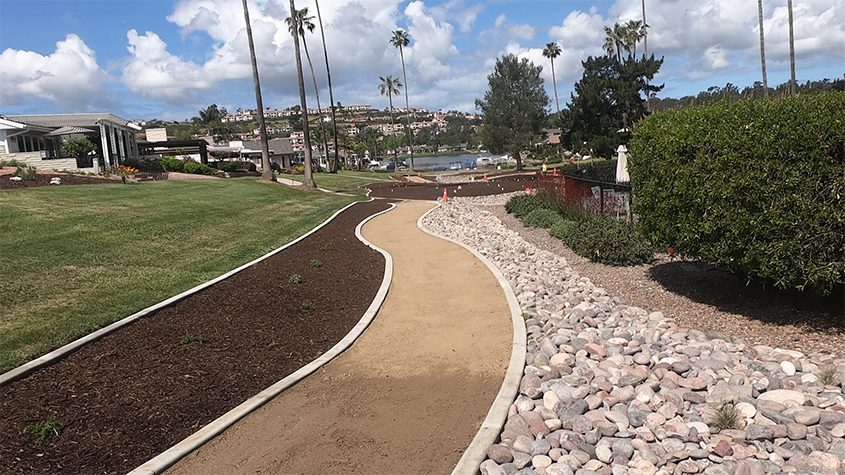
New pathways and riverbeds to channel water runoff help protect area watersheds. Photo: Vallecitos Water District
To make applying for rebates easier for large landscapes, the County added a Landscape Optimization Service, a unique technical assistance program for large-scale landscaping projects. The program helps applicants with large landscapes, such as HOAs and commercial properties, to navigate the requirements, overcome any barriers, and maximize their rebate eligibility.
In addition, the Vallecitos Water District offers its customers a free assessment of current water use to determine whether investments in irrigation upgrades could be helpful to help HOA boards and other decision-makers determine whether their investment in landscaping projects are cost-effective.
“It’s been a great program for us to pursue and to implement, ” said Mall III HOA Board Member Dave Engel. “We had a need to save water, and to do it in a smart way, which is what this rebate program allows. When those two come together, I think it’s a good match.”
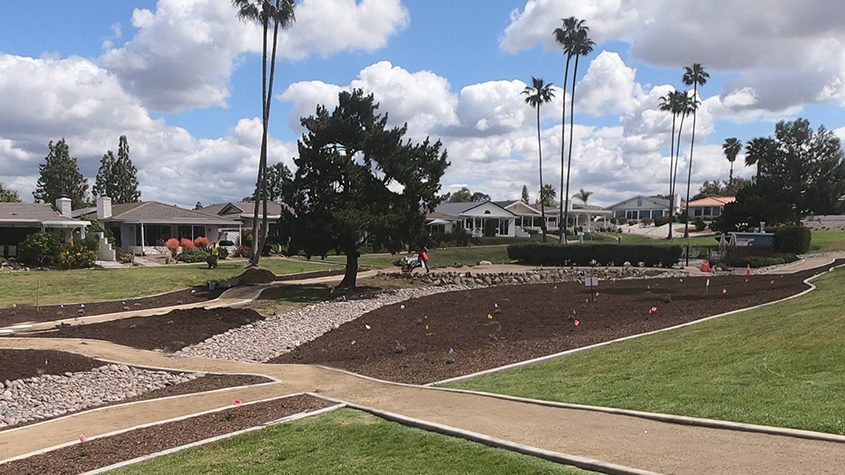
Rebate programs helped to make the Lake San Marcos Mall III HOA project cost-neutral for homeowners. Photo: Vallecitos Water District
Rebate amounts can vary. Multiple rebates can be stacked together, including $3 per square foot for turf replacement, $60 per smart controller station, $65 per rain barrel and up to $450 per cistern. The County of San Diego offers $1 per square foot for landscapes planted with California native plants.
Water customers in unincorporated San Diego County can determine their eligibility at: SanDiegoCounty.gov/WatershedRebates. More information on the Landscape Optimization Service can be found here. The program is actively recruiting new participants.
The Waterscape Rebate Program helps protect local waterways by reducing pollutants that enter storm drains. When irrigation systems overflow from landscaping, runoff may carry pollutants like pesticides, herbicides, and fertilizers into the storm drain system and cause the same negative effects as runoff from rainfall. Reducing turf helps reduce irrigation use and runoff. HOA landscapes are potentially significant contributors.
Learn more about the County of San Diego Watershed Protection at its website.
(Editor’s note: The Vallecitos Water District is one of the San Diego County Water Authority’s 24 member agencies that deliver water across the San Diego County region.)

